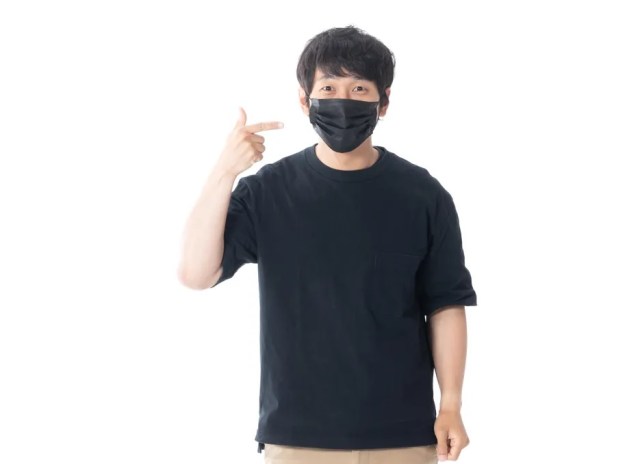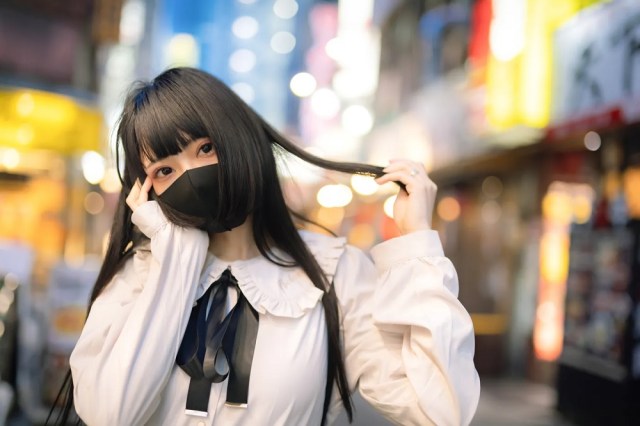
Even with government plans to downgrade the coronavirus to the same danger level as seasonal flu, many plan to stay masked up.
Last Friday, Prime Minster Fumio Kishida announced that the Japanese government plans to downgrade its classification of the coronavirus. Currently the virus is classified as a Class 2 infectious disease, the second-most serious of the government’s eight-level framework, but Kishida says that it will be downgraded to Class 5, the same category as seasonal influenza.
The downgrade will remove the government’s ability to order infected individuals not to go to work or to recommend they seek hospitalization. As part of the changeover, Kishida says that a review of masking recommendations will be undertaken, but the general public may not be in the mood for a change on that front, a survey carried out by Japanese news organization FNN shows.
The phone poll, conducted on the two days following Kishida’s announcement, gathered 1,026 responses from people aged 18 and older across Japan. When asked how they felt about the downgrade of the coronavirus from Class 2 to Class 5, those in favor of the change slightly outnumbered those against it, at 48.7 percent versus 46.5 percent of the respondents. The split wasn’t nearly so even, though, when it came to masking.
“With the exception of people who currently have a fever and those with compromised immune systems such as the elderly, do you think that, in principle, masks should be unnecessary indoors?” asked the poll. Only 31.9 percent felt they should, while slightly more than twice as many people, 64.4 percent, said that they think masking even while indoors, the current norm in Japan, should continue. Even when broken down by age groups, in each bracket more people were in favor of continued indoor masking than against it. In the youngest group, age 18-29, just under 65 percent said they’re fine with no change to the practice of masking indoors.
The support for masking might seem contradictory to the agreement with downgrading the coronavirus to the same level as seasonal influenza, but it’s important to remember that even before the pandemic, wearing a mask during flu season was extremely common. In a country where taking personal responsibility and not causing trouble for others are unabashedly seen as not only virtues, but common sense for adults, wearing a mask to avoid catching the flu and/or passing it on to others, is pretty normal. It may not have been something every person did every day pre-pandemic, but slipping on a mask before hopping onto a crowded commuter train, or wearing one during your shift at the office if you had a sniffle or a sore throat, is something most grown-up members of Japanese society have done. Especially at this time of year, no one in Japan would ever expect the country to be entirely maskless, so wearing one, even indoors, isn’t seen as such a big inconvenience or deviation from normal life, and certainly nothing to get worked up about.
▼ Even before the pandemic, in Japan this woman’s mask being a chic black would be more noteworthy than the fact that she was wearing one.

The downgrade of the coronavirus to Class 5 won’t officially be happening until the spring, so attitudes about masking may change by then. Then again, spring is hay fever season in Japan, and with seasonal allergies afflicting a large portion of the Japanese population, a lot of people wear masks, indoors and out, until the pollen levels start to drop. Much like with the winter flu season, people already being resigned to wearing masks in the spring will probably have many thinking, “Might as well keep it on as a coronavirus countermeasure too,” so masking indoors being the norm could easily continue to be the norm in Japan until at least the start of summer.
Source: FNN Prime Online via Yahoo! Japan via Jin
Top image: Pakutaso
Insert image: Pakutaso
● Want to hear about SoraNews24’s latest articles as soon as they’re published? Follow us on Facebook and Twitter!

No hay comentarios:
Publicar un comentario